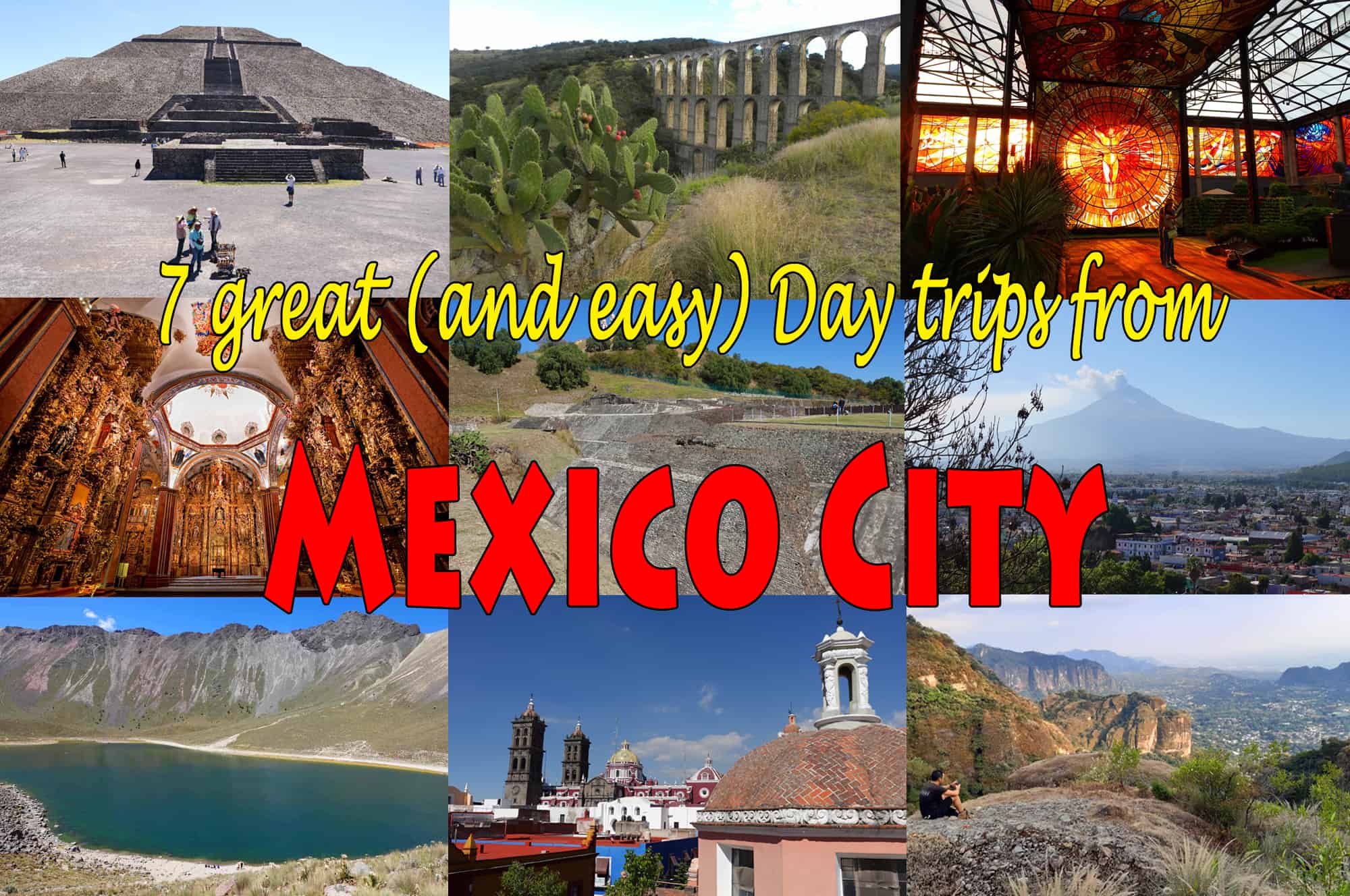
Great Daytrips from Mexico City
I often see posts on the internet suggesting day trips from Mexico City to places like San Miguel de Allende, Taxco, Las Grutas de Tolantongo or Morelia. While they’re all nice, unless you want to be travelling 6 or 7 hours and spending 3 or 4 hours visiting a place that deserves at least a full day or two, don’t do day trips to these faraway places.
In this post I’ll give you easy Day Trip ideas from Mexico City with practical information on how to get there. Some of these places you’ve probably heard of before, others you might not have (some of my favorites were places I wasn’t familiar with previously). I’ll also assume you don’t have your own wheels so I’ll give you some practical information on how to get there.
Teotihuacan
This is the most predictable place on this list but it’s a place you have to visit just because of the history. Teotihuacan was, at its height (estimated to be from 100 BC to 500 AD), both the largest city in the Americas as well as the most advanced civilization on the continent. The city covered approximately 19 square kilometres (12 square miles) and had an estimated population of about 250,000. The city was multi-ethnic, with many of its citizens coming from Oaxaca and the gulf coast but with many others coming from as far away as current-day Guatemala.
People mistakenly think that Teotihuacan was built by the Aztecs. It wasn’t. Although the Aztecs discovered and inhabited it, the construction of Teotihuacan actually predates the Aztecs by about 2000 years. Even scholars don’t agree who built it (although some think it might have been the descendants of the Totonac people, a people who inhabited the northern parts of Veracruz and Puebla states).
Highlights include the three main temples: the Temple of Quetzalcóatl, the Pyramid of the Moon and the Pyramid of the Sun. You’ll walk the Avenue of the Dead, a 2km long avenue that runs right through the city.
How to see Teotihuacan
The first time I saw Teotihuacan I did it independently, taking the bus from Central de Autobuses del Norte (Go to “Autobuses Teotihuacan, by “Sala 8”). They have buses every 15 minutes and it takes about 1 hour. Get out at Gate 1 in Teotihuacan, it’s located right next to the Temple of Quetzalcóatl. From there you’ll have to walk up the Pyramid of the Sun and the Pyramid of the Moon. Coming back by bus, you can catch it outside Gate 2.
The second time I went to Teotihuacan was on a tour with Vibe Adventures. It was a much better experience: they picked us up in Mexico City, drove us to Gate 1 in Teotihuacan where we saw the Temple of Quetzalcóatl, then drove us to the Pyramid of the Sun and the Pyramid of the Moon. They told us about the history, the science and meaning behind the alignment of the pyramids, and the different rituals that were performed by the Aztecs and their predecessors.
Although you can visit independently, I really suggest that you take a tour. Without it, you might just feel that you’re just looking at a pile of rocks. Teotihuacan takes a tour to fully appreciate.
More about our tour and some of the history of Teotihuacan.
Tepotzotlán
Tepotzotlán is very rarely ever mentioned as a day trip from Mexico City. And when it is, people confuse it with Tepoztlán (which I’ll also cover on this list).
Tepotzotlán is a Pueblo Magico situated about an hour north of Mexico City. It has 2 fantastic sites: Museo Nacional del Virreinato (National Museum of the Viceroyalty of New Spain) and the acueducto de Tepotzotlán (aqueduct of Tepotzotlán) which is commonly known as Los Arcos del Sitio. But besides these two sites, Tepotzotlán has a huge, beautiful main square (zocalo).
The Museo Nacional del Virreinato has many artifacts from the colonial period. But even more impressive is the setting – the museum is housed in the former College of San Francisco Javier complex. Built by the Jesuits starting in the 1580’s, the complex was a center of learning for both Indian boys and Jesuit priests. It is a large complex housing several churches including the incredible Church of San Francisco Javier. The church has some of the most impressive Baroque art in Mexico, the highlight being its gold-leaf Churrigueresque altarpieces. It is hard to describe how stunning the church is in words. Besides the church, you’ll see a library containing over 4000 books dating from the 16th century, a magnificent chapel, many interior courtyards, and 3 hectares of gardens which contain, among other things, the original Salta de Agua fountain (built in 1779, it marked the end of the aqueduct that brought water into Central Mexico City from Chapultepec). The Museo Nacional del Virreinato is today one of the most important museums in all of Mexico and the huge complex dominates the center of Tepotzotlán.
Above photos credit to Museo Nacional del Virreinato
The other main site is the Acueducto de Tepotzotlán. This aqueduct was built by the Jesuits in the early 1700’s with the purpose of bringing water from the Oro River to their haciendas near Tepotzotlán. It was never completed because the Jesuits were forced to leave Mexico – but it is still to this day the highest aqueduct in Latin America reaching 61 meters high at the Sitio gorge (after which the aqueduct is named). It is also one of the longest aqueducts at 42 km long.
But visiting is more than just seeing the aqueduct. You can walk across it and do a loop around the park, walking over some hanging bridges and even do ziplining.
How to get to the Aqueduct (called Los Arcos del Sitio): if here during the week, arrange a taxi from the Tepotzotlán town center. It will take 45 minutes to get to the Aqueduct. Make sure the price you negotiate includes your return to town. If coming on the weekend: this tourist agency arranges transport (including entrance fees to the site) for 380 pesos/person.
Back in Tepotzotlán: take the time to explore the Zócalo in front of the Museo Nacional del Virreinato. It’s a huge and pretty square with colonial buildings, a market, a park and lot of stalls selling things.
Getting to Tepotzotlán
It’s a little weird.
Getting there: Take Primera Plus to get to Tepotzotlán in about an hour. Buses leave from Terminal de Poniente station (on the website: Ciudad de Mexico, Distrito Federal Observatorio). It will leave you at a nice, modern bus terminal along the highway. From here take a taxi to get to the center of town (10 minutes).
To get back: Primera Plus does not do the return trip to Mexico City and ETN does have a morning bus but it goes to the airport. The only way back (if not by taxi or Uber) is by public transport. But it’s not difficult. Take a collectivo in the center of town across from the colorful Tepotzotlán letters to Cuititlan. That takes about 30 minutes. In Cuititlan, the collectivo drops you off at the Suburbanos train station. Take the train to Buenavista station, that should take about 45 minutes. From there you’re a short metro ride or Uber from Bellas Artes in the center of CDMX.
The above all sounds like a lot and you should start early. But it makes for a special day trip which I think makes it all worth it.
More on the Pueblo Magico of Tepotzotlán
Tepoztlán
Tepoztlán is a small town surrounded by nature. Coming down into the valley from Mexico City (which is just over an hour away) you can’t help but be taken aback by the green nature surrounding you. Limestone hills, most sheer outcrops, dominate the landscapes.
The streets are made of black volcanic rock and are violently cobblestoned. Most locals seem to have pickup trucks. There are lots of charming back streets but most visitors stick to the main street which is full of charming little stores and restaurants (Tepoztlán gets a lot of tourists on weekends. Best to come during the week).
The 500-year old convent (Ex Convento de Tepoztlán) and the market are highlights in town. But the reason many come here is to explore nature around the town. A popular hike is to visit the temple of Tepozteco in the hills above town. Built by the Xochimilcas in the 12th century, it was used as a shrine to the god Tepoztecatl (the god of Pulque). People came as far away as Chiapas and Guatemala to pray at this temple. More about the hike here.
But there many hikes in Tepoztlán, many better (so I’m told by Tepoztlán resident Don). Contact Don if coming to Tepoztlán, he arranges weekly hikes on Tuesdays (which are free).
Tepoztlán is surrounded by stunningly beautiful nature and it’s hard to believe you’re just an hour out of Mexico City. Worth it for a day trip…but if you can stay a bit longer even better.
Getting there/back
Tepoztlán is 1 hr, 15 min from “Taxquena”, Mexico’s Terminal del Sur. Several bus lines make the trip but Pullman de Morelos seems to have the most departures. The bus drops you off at a small terminal just outside of town. It’s a beautiful 10-minute taxi ride from there to the center.
More here on Tepoztlán and the Airbnb where we stayed (we made it more than a day trip)
Toluca
The city of Toluca was a pleasant surprise. It’s a pretty city known for its museums (the second most museums in Mexico after Mexico city). It’s also known for its green chorizo (which you’ll find at the local market) and Moscos (an orange liqueur).
But there is one attraction that really makes Toluca worth a visit – the Cosmovitral.
The Cosmovitral is a stained glass exhibit and a botanical garden in one. The building, the Toluca’s former central market, was converted into an art installation featuring stained glass. The walls of the building are lined by stained glass windows, the largest stained glass windows in the world according to some. They are beautiful. The theme is the universe and mankind and the windows reflect the struggle between life and death, good and evil, day and night and creation and destruction through their colours and representations. A very, very impressive place.
Getting there/back
Several bus lines go to Toluca from Mexico City, most taking 1 hour. Caminante has an hourly bus from Terminal de Poniente (Observatorio), Autobuses Zina also has hourly buses from Terminal de Poniente.
Note: I visited Toluca on a tour with Vibe Adventures. The primary objective of the tour was hiking Nevado de Toluca (which I cover below) but it also included several hours in Toluca including a visit to the Cosmovitral. It makes for a long day but it was worth it.
More on Toluca and the Cosmovitral
Nevado de Toluca
An asterisk next to this one: you can’t do this one independently without a car. So I’d recommend a tour*.
*Note: I’ve read a few accounts of people hiring a taxi from Toluca to the parking lot at Nevado de Toluca. Prices range from 800 -1000 pesos for the 1.5 hour drive (3 hours return) and for the driver to wait for you.
Nevado de Toluca is the 4th highest peak in Mexico at 4,680 meters (15,354 feet). A highlight are the two spectacular lakes (one green, another blue) within the volcanic crater at the top of the mountain. Yet, despite the high altitude, it is a very accessible volcano that can be visited by anyone.
The crater at the top is 1.5 km wide and most people go down into the crater and walk around the lakes (that takes about 2 ½ hours). A more adventurous hike is hiking the sharp lip of the crater which is a 7-8 hour hike.
Either way, it is spectacular.
Getting there
A taxi from Toluca as I’ve mentioned up top. Expensive, but less expensive than taking a tour and you have more flexibility. The other option is a tour such as the one I took which also included Toluca.
More on hiking Nevado de Toluca
Puebla
Puebla is on the limits of what I’d describe as a “manageable” day trip: a 2 or 2 ½ hour bus trip (one way) from Mexico city plus another 15 minutes to get from the bus station to downtown.
Puebla deserves more than a day trip. But if you’ve got just a few days in Mexico, Puebla is worth a visit. I think it’s one of Mexico’s most beautiful cities and missing it would be a shame.
Lots to see: A beautiful zocalo surrounded by colonial buildings, Mexico’s 2nd largest Cathedral, the Amparo Museum (great for Mexican art…but also great for views of the city from the top floor), the incredible Rosario chapel at Church of Santo Domingo, the Palafoxiana library (the 1st public library in Latin America), too many beautiful churches to count and some beautiful architecture including buildings covered with Talavera tiles (which makes Puebla unique).
Getting there
Take Ado from their TAPO terminal located close to the historical center of Mexico City. It’ll take you to Pueblo’s CAPU bus station in approximately 2 hours. From there take a taxi to the center.
Cholula
Just on the outskirts of Puebla. Cholula is perfectly suited for a day trip.
Cholula’s most famous highlight is the Great Pyramid of Cholula. Built starting around the 3rd century BC, the pyramid (also known as Tlachihualtepetl) is the largest pyramid ever built, even surpassing the Great Pyramid of Giza in Egypt. It has a base of 450 by 450 meters (1,480 by 1,480 ft) and a height of 66 m (217 ft) and, according to the Guinness Book of Records, it is both the largest pyramid as well as the largest monument ever constructed anywhere in the world with a total volume estimated at over 4.45 million cubic meters. Cholula actually consists of seven overlaid pyramids built over twelve centuries. At the top of the Pyramid is the beautiful church of Nuestra Señora de los Remedios, built starting in 1594 by the Spanish.
Note that most of the Pyramid is still covered by earth. Part of it has been excavated however and you can wander around the ruins. See the Museo del Sitio, a small museum that tells the story of the pyramid, then hike up to Nuestra Señora de los Remedios. The views up there are incredible and you’ll see the Popocatepetl volcano which was active when we were there. Also worth a visit is the Regional Museum of Cholula which features historical artefacts and local art.
Getting there
Take Ado from their TAPO terminal located close to the historical center of Mexico City. It’ll take you to Pueblo’s CAPU bus station in approximately 2 hours. From there take a taxi to Cholula, a 10 minute drive.
More here on the highlights of Cholula
The above are all very much worth visiting and make for great day trips from Mexico City. A few places that didn’t make it on the list:
Xochimilco. It’s a very popular day trip with the highlight being riding a colourful boat, relaxing with a beer and listening to Mariachi bands. It’s not something that interests us but have heard others rave about their experience.
Cuernavaca. The “City of Eternal Spring” because of its balmy weather is said to have a pretty old town. I haven’t been. But it might find itself on the above list on my next update.




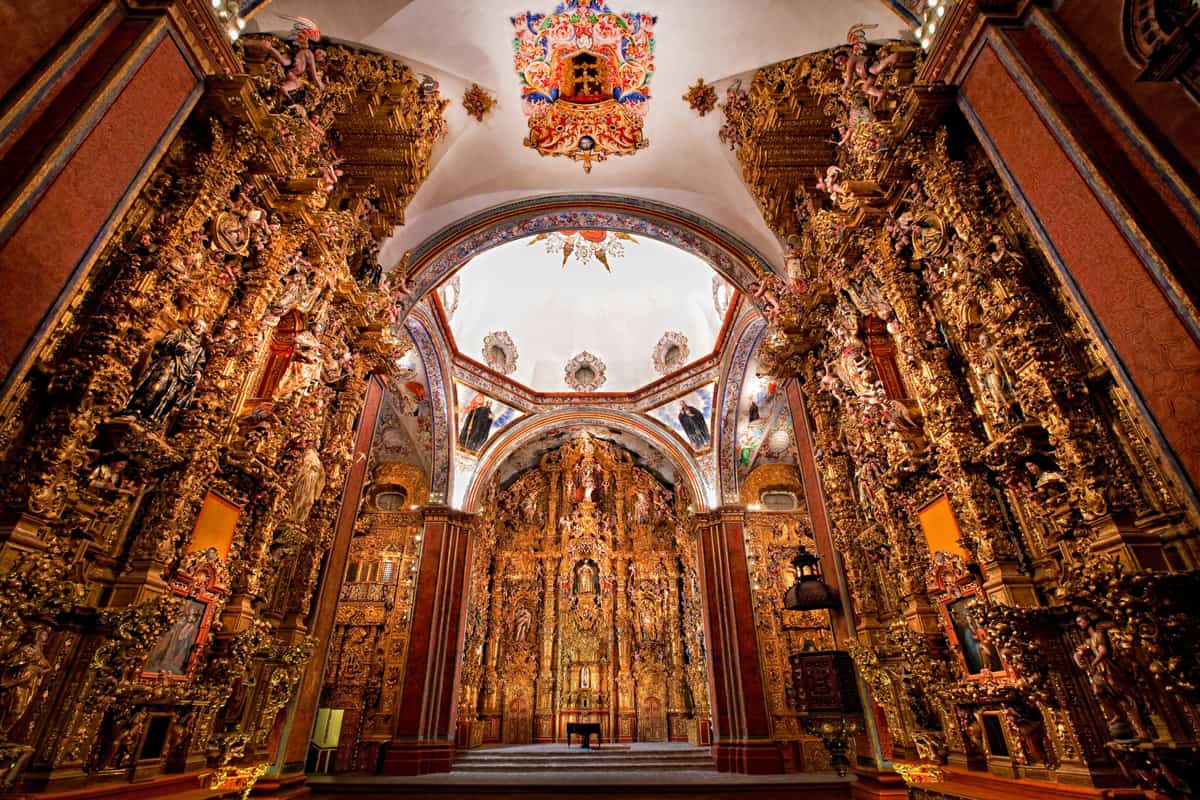
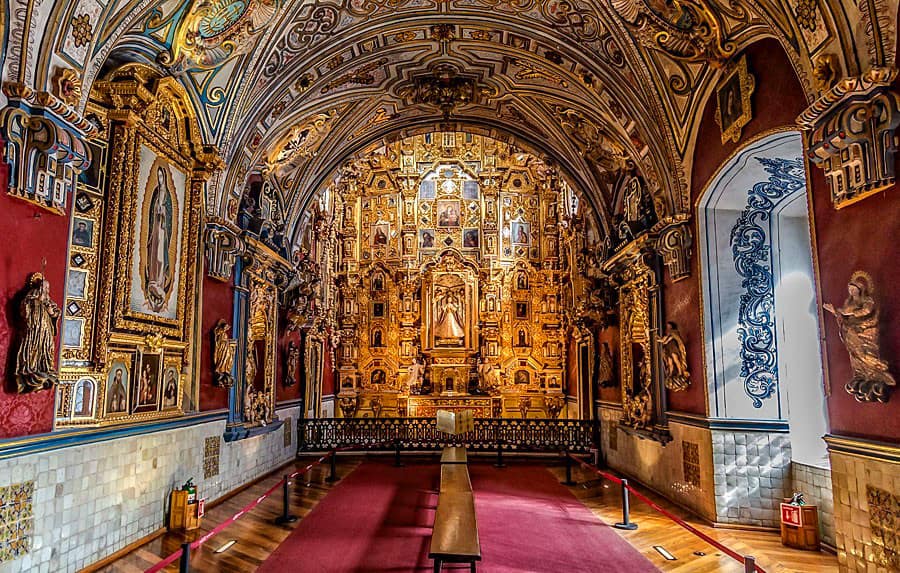



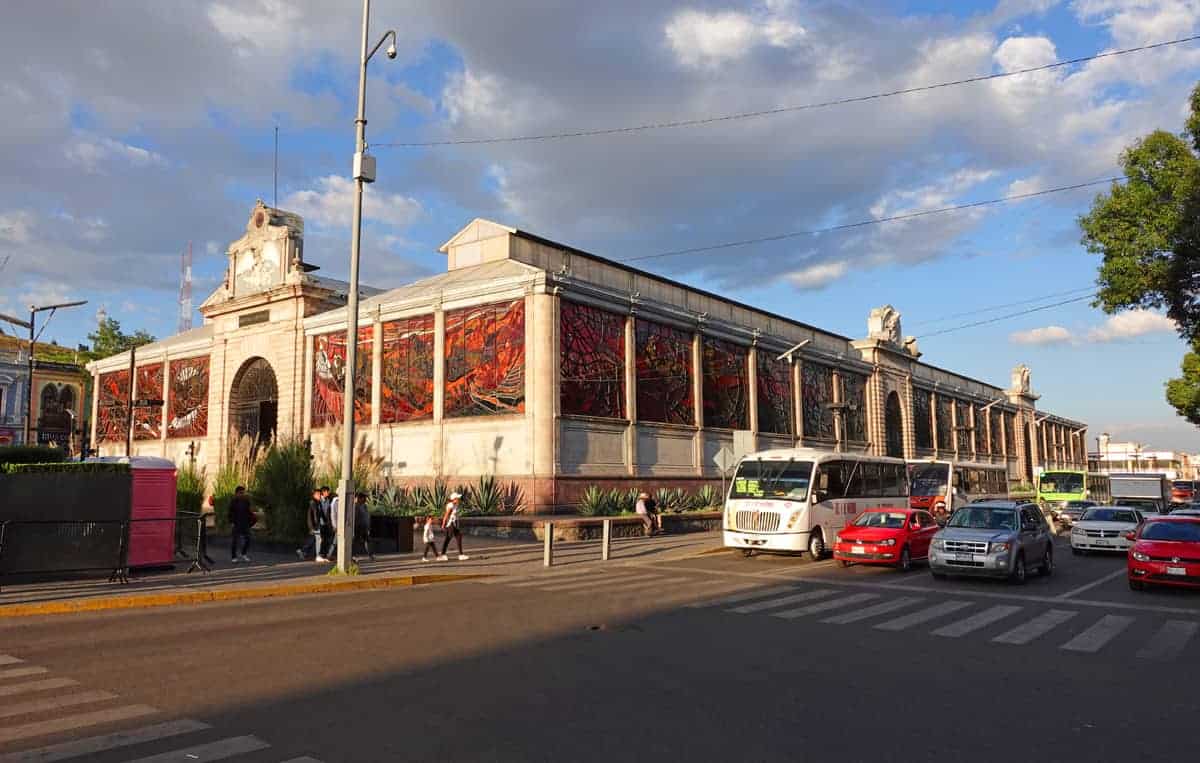
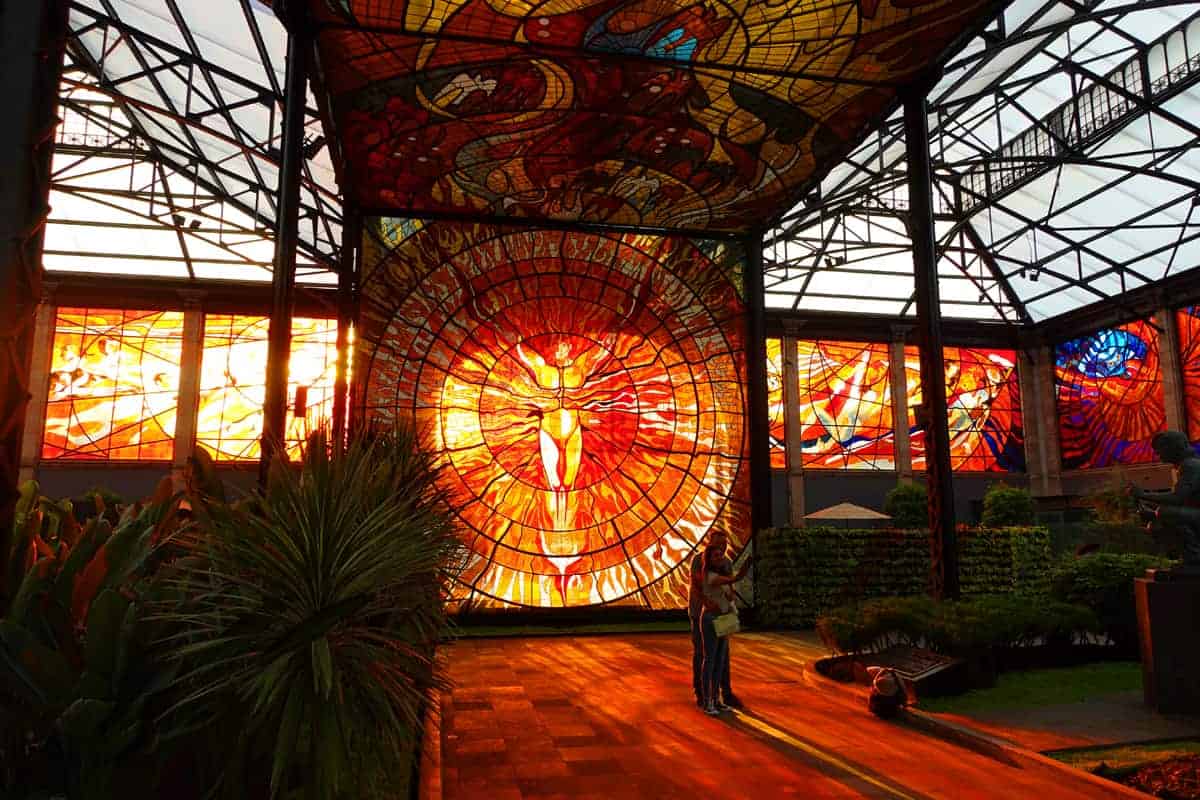

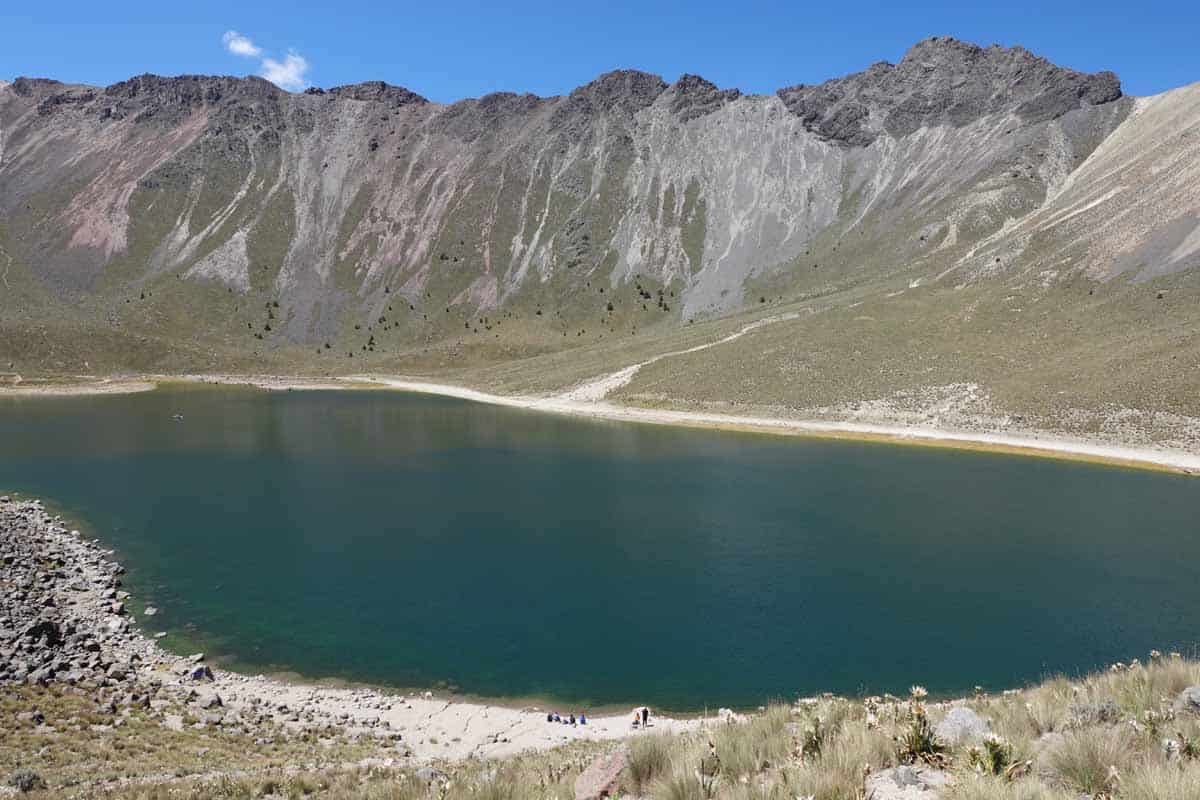

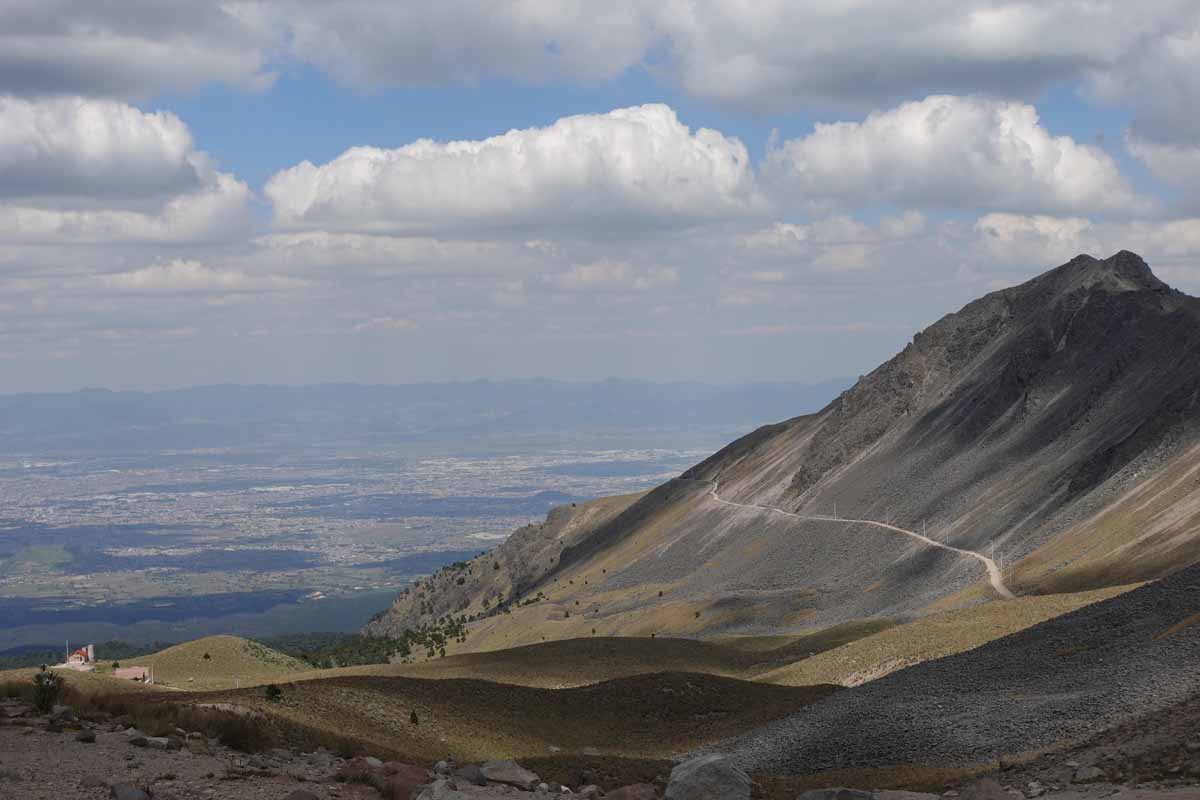

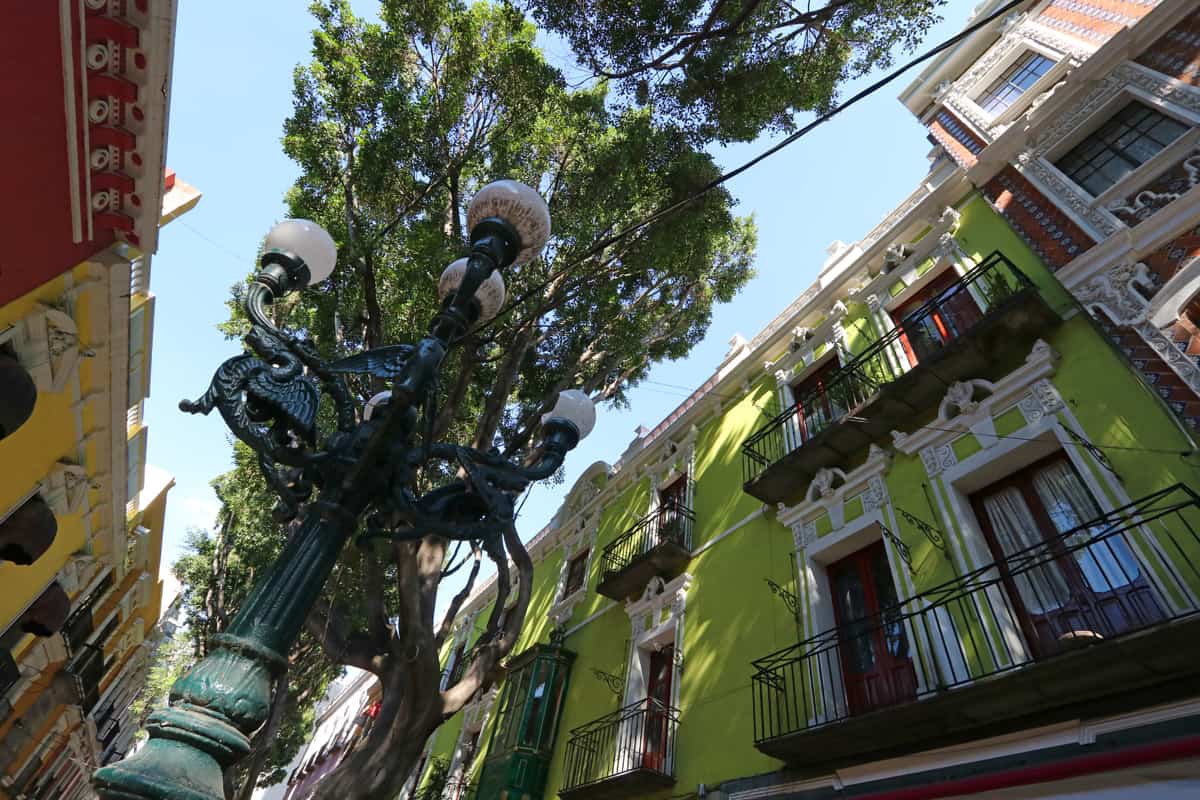



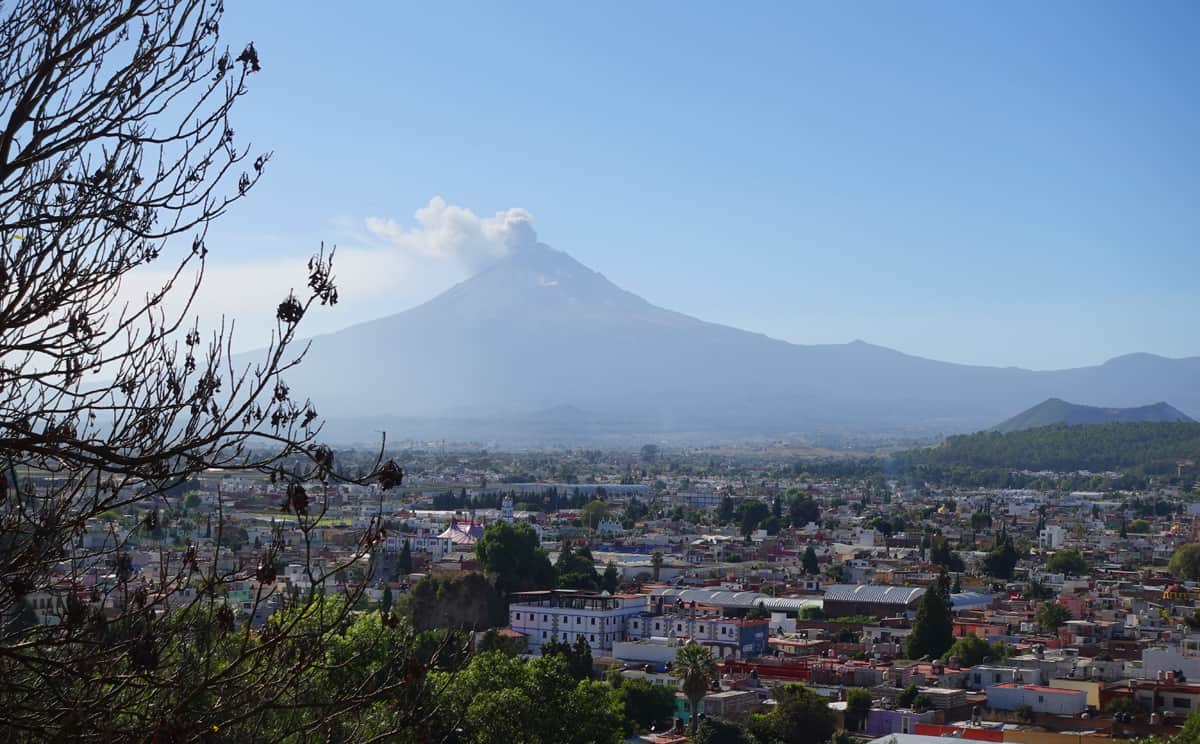


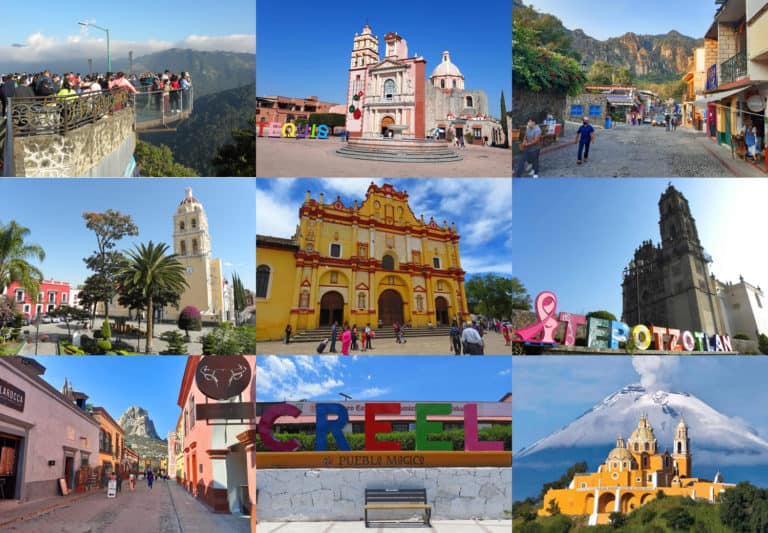
Leave a Reply